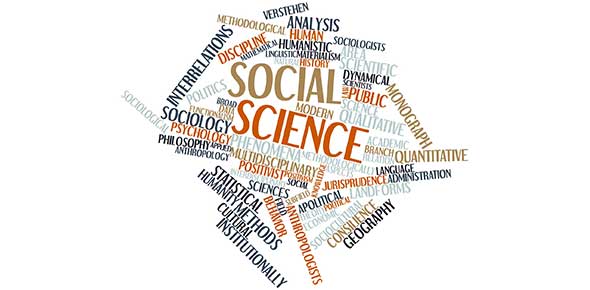Related Flashcards
Related Topics
Cards In This Set
| Front | Back |
|
Organizational culture
|
-the shared knowledge within an organization regarding the rules, norms, and values that shape the attitudes and behaviors of its employees
-3 major components: observable artifacts, espoused values, and underlying assumptions |
|
Observable artifacts
|
-the manifestations of an organization's culture that employees can easily see or talk about
-supplies the signals that employees interpret to gauge how they should act during the workday -the primary means of transmitting an organization's culture into its workforce -includes 6 types: symbols, physical structures, language, stories, rituals, and ceremonies |
|
Espoused values
|
-the beliefs, philosophies, and norms that a company explicitly states
-published documents such as a company's vision or mission statement, verbal statements made to employees by executives and managers, etc. |
|
Basic underlying assumptions
|
-the taken-for-granted beliefs and philosophies that are so ingrained that employees simply act on them without questioning
|
|
2 dimensions of organizational culture:
|
1) solidarity- the degree to which group members think and act alike
2) sociability- how friendly employees are to one another |
|
Fragmented cultures
|
-low sociability, low solidarity
-employees are distant and disconnected |
|
Mercenary cultures
|
-low sociability, high solidarity
-employees think alike but aren't friendly to each other |
|
Networked cultures
|
-high sociability, low solidarity
-all employees are friendly to one another but everyone thinks differently and does their own thing -often seen in highly creative organizations -companies move toward this networked culture as they grow |
|
Communal culture
|
-high sociability, high solidarity
-employees are friendly to each other and all think alike |
|
Customer service culture
|
-company's culture is focused on service quality
-this culture can lead to even more customer-oriented behaviors by employees and a larger bottom-line profit as a result |
|
Safety culture
|
-a culture in which safe behaviors at work are viewed as expected and valued
-this culture reduces accidents and treatment errors (medically) in the workplace |
|
Diversity culture
|
A culture that emphasizes diversity
|
|
Creativity culture
|
-culture that emphasizes creativity in the workplace
-affect both the quantity and quality of creative ideas within an organization |
|
Culture strength
|
-exists when employees definitively agree about the way things are supposed to happen within the organization (high consensus) and when their subsequent behaviors are consistent with those expectations (high intensity)
|
|
Subcultures
|
-cultures that unite a smaller subset of the organization's employees
-may be created because there is a strong leader that engenders different norms and values or because different divisions in a company act independently and create their own cultures. -more likely to exist in large organizations -can be very useful to organizations when different areas of a company demand different things |






